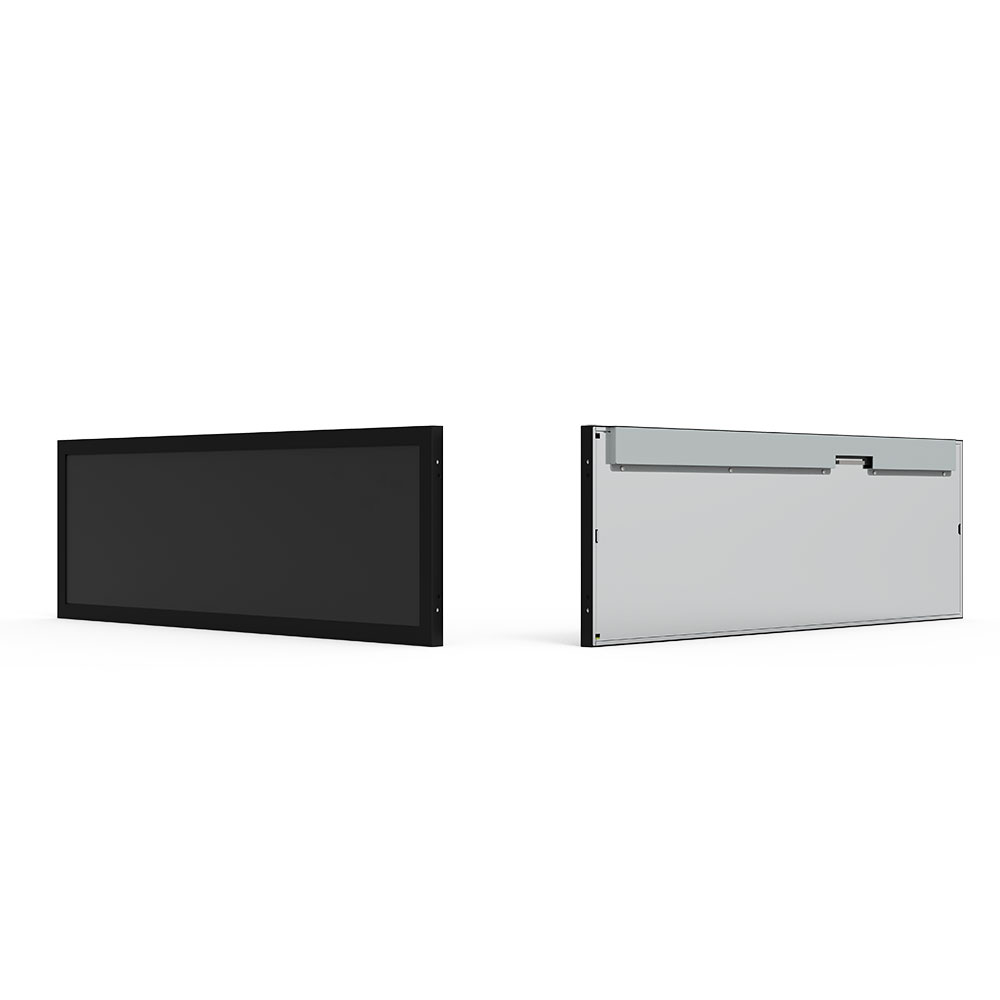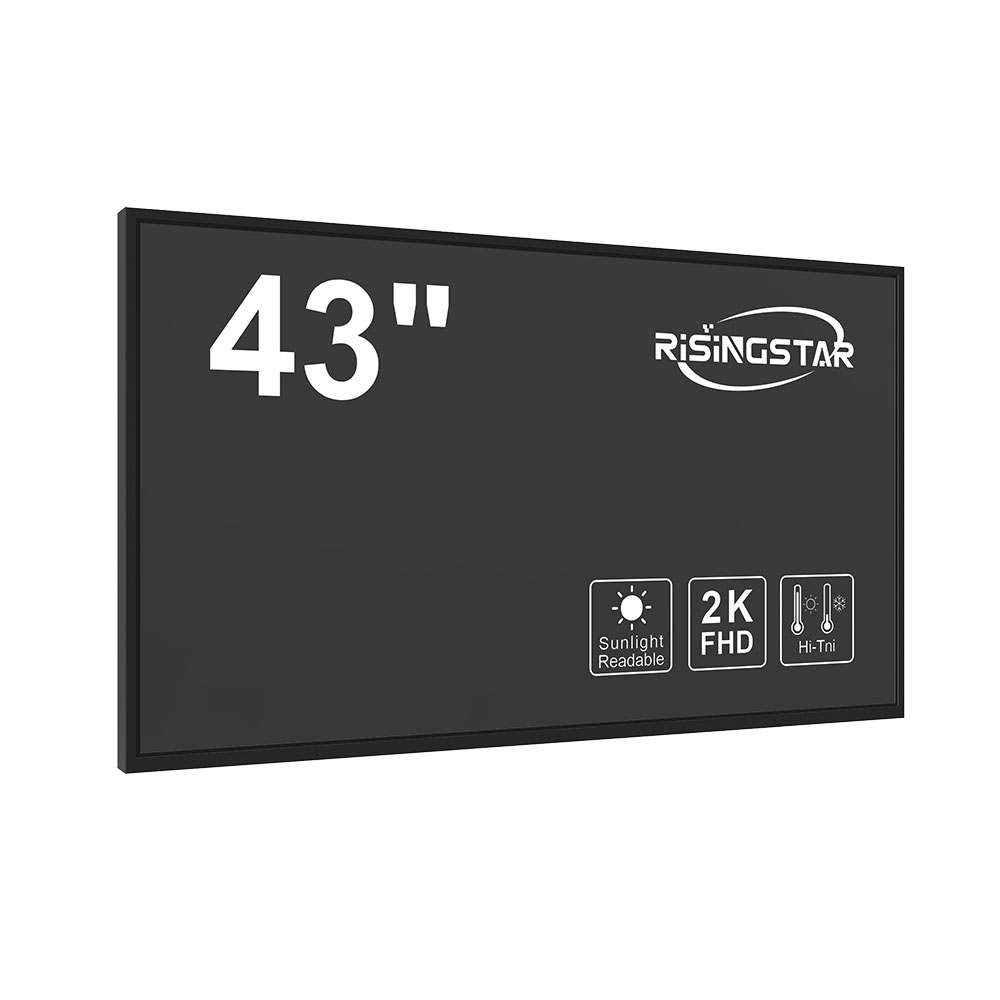- Home
- About Us
- Products
- News
- Video
- Contact
- Send Inquiry
Search
- Home
- About Us
- Products
- News
- Video
- Contact
- Send Inquiry

When it comes to deploying digital signage in outdoor environments, selecting the right LCD screen is critical—not only for visibility and durability but also for long-term return on investment. Unlike indoor displays, outdoor LCD screens must withstand extreme weather conditions such as high temperatures, humidity, UV exposure, rain, and even vandalism. According to industry standards like EN 60068-2 for environmental testing and IEC 60529 for IP ratings, a robust outdoor display should have at least an IP65 rating (dust-tight and protected against water jets) and be designed for ambient temperatures ranging from -20°C to +60°C.
The main body of this decision-making process begins with understanding your specific application. Is it for retail advertising, transportation information, or public safety announcements? Each use case demands different brightness levels—typically measured in nits. For example, a retail kiosk in direct sunlight requires a minimum of 5000 nits, while a shaded bus stop might function well with 3000 nits. The latest LED-backlit LCD technology, such as those using mini-LED or direct-lit panels, offers superior brightness uniformity and contrast ratios compared to older CCFL-based systems.

Brightness alone isn't enough—color accuracy and viewing angles matter too. Professional-grade outdoor LCDs often feature wide viewing angles (178° horizontal and vertical) and support for full-sRGB or DCI-P3 color gamuts, ensuring content remains vivid from multiple angles. Additionally, consider power efficiency: many modern outdoor screens use adaptive brightness control that reduces energy consumption by up to 40% during low-light conditions, which aligns with ISO 50001 energy management standards.
Another key factor is the build quality and mounting options. Industrial-grade aluminum enclosures with anti-glare coatings and sealed internal components prevent corrosion and moisture ingress. Mounting solutions should allow tilt adjustment for optimal viewing and be compatible with either wall, pole, or freestanding structures—this flexibility supports deployment across diverse locations, from city squares to highway rest stops.
Finally, ensure the screen includes remote monitoring and diagnostics via IP-based protocols like SNMP or ONVIF. This enables proactive maintenance, reducing downtime and maximizing uptime—a crucial KPI for any business deploying outdoor digital signage. Case studies from companies like Samsung and LG show that businesses implementing these criteria report 30–50% lower total cost of ownership over five years due to fewer repairs and higher content engagement rates.

In conclusion, choosing the right outdoor LCD screen requires more than just purchasing the brightest panel available. It involves a comprehensive evaluation of environmental resilience, display performance, energy efficiency, and integration capabilities. By following established industry standards and leveraging real-world data from successful deployments, businesses can make informed decisions that deliver both visual impact and operational reliability.